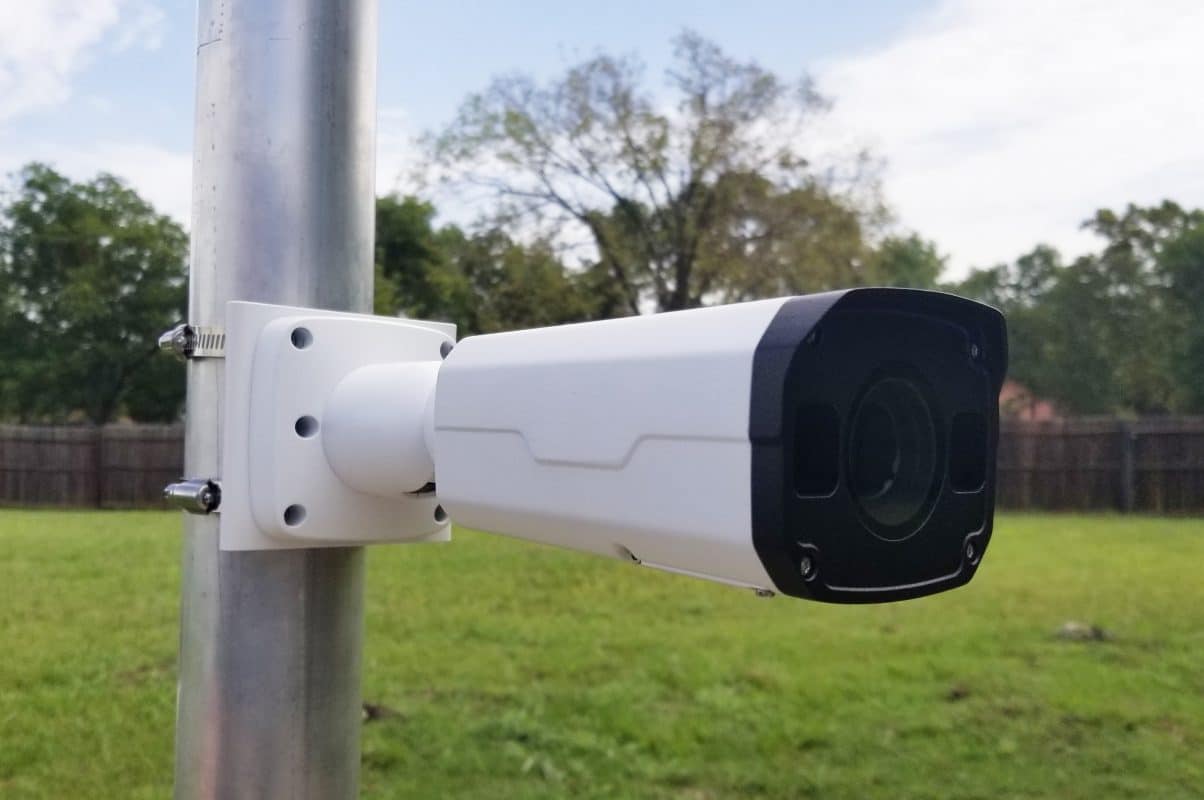

What you say here really confirms literally ALL my own thoughts on using Monopods. This is assuming the pole is held with a side grip and not with the hand resting on top of the pole. With the right quick-release arrangement and a small enough tilt or ball top, just the camera can be removed and you are immediately ready for hiking use. Otherwise you are - realistically speaking - looking at using a small ballhead, if you want to conveniently scan around a scene with the camera. This is not too bad if there is a "button" style quick release - like trekpod's magnetic one - which is itself able to rotate rapidly without unscrewing the camera itself. However, switching a camera from landscape to portrait is a real "faff" since the camera has to be unfitted and then refitted facing in a new direction. Tilt tops are very steady, even when very compact. It's a simplified ballhead that swivels in one axis only - you mount the camera on top, you can adjust the tilt top to "pitch" the lens upward or downward, then yaw (spin) the pole to pan left and right at that same inclination (the pole's left-right bank levels the horizon). One answer is a tilt-top, and some trekking monpods have a miniature one of these. If you then want to pan your view sideways, it all gets quite awkward. If you want to aim the camera strongly upward or downward, a direct fixing on top of a pole requires the pole to Much of the time that is what people may want to do, especially with video - but I work "portrait" for nearly 50% - also, imagine using such a pole mounted camera to shoot a bird up a tree, or a flower at your feet. The problem comes when you try to use the support, to aim the camera anywhere other than more or less straight ahead in landscape orientation. when a trekking pole WITH the standard camera screw fit, very simply changes from a "pole" to a "tripod" and vice-versa. to revert it to just a "pole" again for further hiking. I think you'd have to take off the ball-head wouldn't you. good as the suggestions are, I'm not really sure if they quite meet his initial thoughts and needs. It's back to the OP's views & thioughts here I think.

is then going to make a proper trekking pole somewhat less the same when it is used AS A POLE. I can't help but wonfer if putting a ball-head onto any monopod. so again it may well be up to the OP to let us know here if indeed a monopod would be OK for him.īut in any case. a proper trekking pole of course IS different. I've used a Velbon monopod which I still have after very many years, as a sort of walking stick when it is carried but not in the "photo mode" sort of thing.BUT. or at least nearly equal to, certain monopods. I feel sure it is possible that one or other COULD be equal to. Īs to the monopod idea.well of course these come in very many types. because he then has NO trekking pole or the equal thereof. Thought as it is and I have to agree with. maybe a monopod IF that would meet his needs. Without having looked again specifically at the original post, I'm pretty sure that the OP really did make it clear that he seemed to want a trekking pole type. This is a very light, folding tripod support made of plastic with a neat, tiny but functional plastic ballhead on it, and it can be bound safely onto anything at any angle.Ī couple of points here. If a small ballhead is used the pole does not have to be vertical (and one might anyway want to take portrait orientation shots even holding the pole conventionally).Īnother option altogether, hiking poles aside, is to consider carrying a Gorillapod or (my own preference) an Ultrapod, which uses the same Velcro binding idea (I have replaced the standard Velcro strap on my own Ultrapod with the selfgripping type). Put the camera on short selftimer, wait for a lull in the wind, works fine. There is almost always some branch or post or something that a pole can be attached to, and the foot can be jammed between stones or whatever. When I carry a monopod pole, I also take a couple of lengths of Velcro strip (it's called "self gripping ties") of the kind that binds onto itself when you wrap it around something - the longer the overlap the better the grip. Also lens or sensor stabilisation needs to be left ON, IMO. Any fixed object to steady things against, helps a lot then.

I agree, that's very helpful if the camera has a viewfinder, less so if you are framing the shot on an LCD display and therefore need to space it away from yourself -). Foot of the pole well out in front of you, pole angled back toward you with camera resting against your face, elbows bent and supported against your chest.


 0 kommentar(er)
0 kommentar(er)
